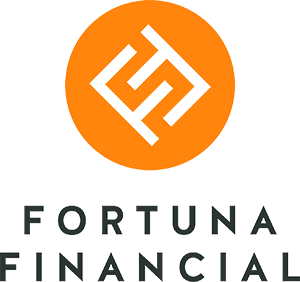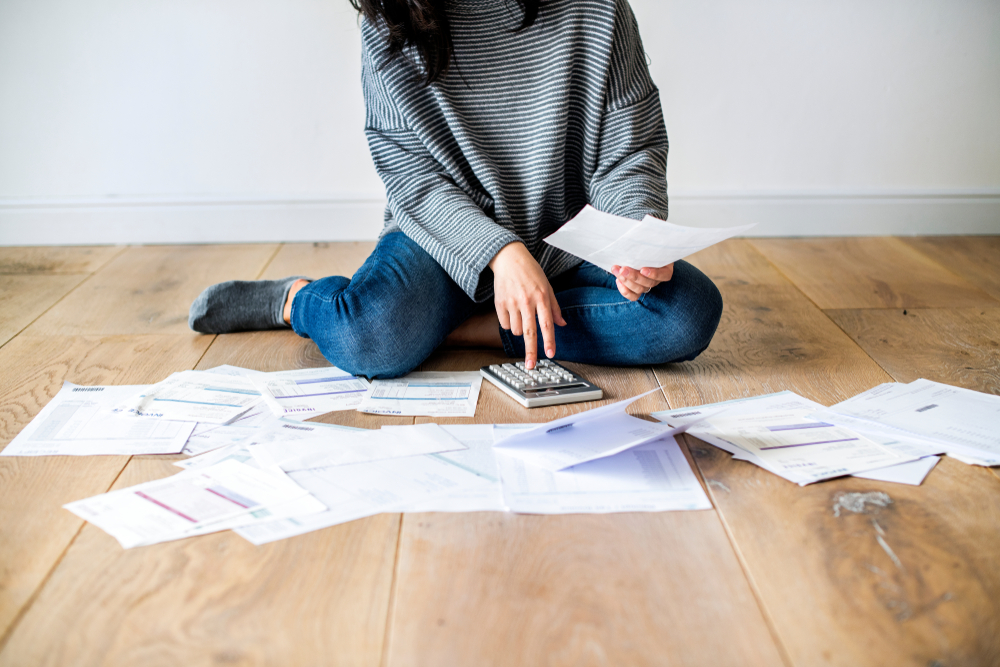What our Clients Say About Us
Six Steps to a Successful Debt Master Plan
Australian households are the fifth most indebted in the world, according to data from the OECD. A typical family with disposable income of $100,000 has an average debt of approximately $210,000. And with rising interest rates and rampant inflation, the cost of living will only continue to escalate.
Home loans, credit cards, car loans and personal loans all contribute to financial pressure. One and a half million Australian households are currently under mortgage stress, so if you feel overwhelmed by debt, then rest assured you’re not alone. But with dedication and a smart strategy, you can quickly get your cash flow back in the black.
1. Know Where You Stand
When it comes to reducing debt, planning is critical. But before creating a workable debt reduction strategy, you need to clearly understand your financial situation. That’s not always easy when you’re struggling just to get through the week. The first step is to figure out exactly what you owe. List your debts and monthly repayments, then calculate the total.
2. Create a Budget
Determine your monthly income, including salary, benefits, and investment earnings. Then list your essential living expenses for things like accommodation, food, electricity, gas, internet, phone, and transport. Identify non-essential expenses that you can eliminate or reduce, and then compare money in versus money out to calculate exactly how much debt you can afford to pay off each month. To make this process easier free budgeting tools are easily accessible via the Government’s “Moneysmart” website.
3. Prioritise Your Debts
Figure out which debts are critical and pay them first. This might include mortgage repayments, council rates, taxes, and utility bills. If you genuinely can’t afford to pay any of these, then you may be able to request financial hardship assistance from the service provider. Lower priority debts might include personal loans and credit cards. But due to the high interest rates for credit card debt, you should pay off your card in full each month if possible.
4. Avoid Bad Debt
Once you begin to pay off your loans, don’t be tempted to go further into debt, and especially take care to avoid bad debt. Good debt is money owed for things that can build wealth or create an income stream, such as home loans, education loans, or a car loan (if driving is essential for your job). Bad debt refers to money owed for consumer products that don’t improve your financial situation, such as holidays or entertainment.
5. Build a Safety Net
Once you’re on top of your debt obligations, you can use any surplus income to create an emergency savings fund. If you’re a homeowner, then a good way to do this is to request a redraw facility on your home loan. This way you can pay off additional principal each month, reducing your interest repayments, and then withdraw from this buffer to cover unexpected future expenses.
6. Seek Help If You Need It
Don’t be afraid to ask for help. If you’re feeling overwhelmed by your situation, or if you need to get your debt master plan back on track, then you can always seek advice from a financial counsellor or professional financial planner.
www.moneysmart.gov.au “Budget planner: Work out where your money is going” (accessed 20 June 2022)

